I was lucky to spend my spring break driving with friends through the desert in and around Joshua Tree National Park, and of all the varied landscapes we saw, none was as unexpected as the Salton Sea. The Sea, a 350 square mile lake once fed by agricultural runoff that grows increasingly toxic and salty as it dries up, is certainly a dramatic sight in the middle of miles of sand dunes. But I was actually struck most by the communities along its shores.
It was surreal to see miles of homes right up against a body of water that is often painted in the media as a toxic wasteland. I have read so many stories about the Sea – about the pesticides and fertilizers that have collect in it; its toxic dust clouds, kicked up as the waters retreats and expose a sea bed laced with arsenic, lead and carcinogens; the massive fish die-offs of the 80s; and even how the Sea has become a pilgrimage site for hipsters seeking an Instagram-worthy, end-times photo shoot.
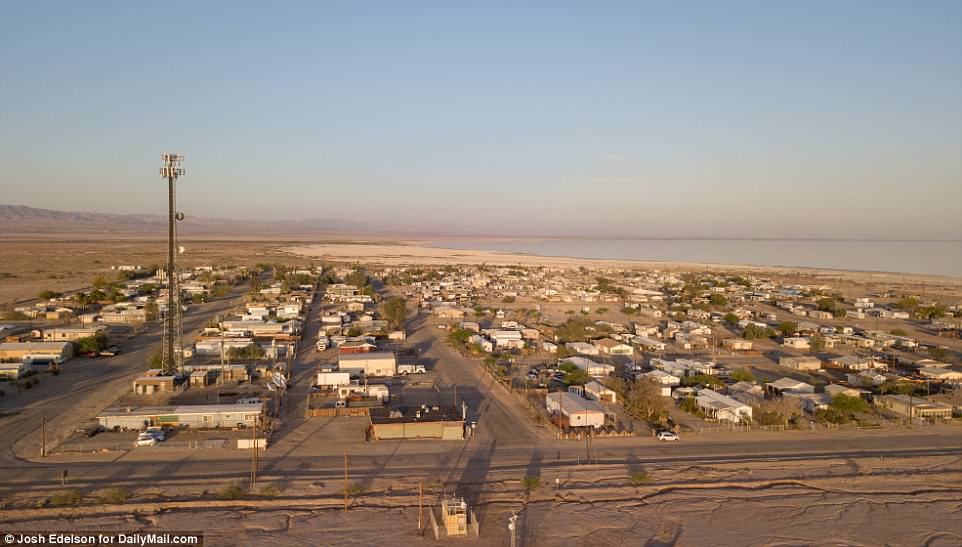
Most of these stories gloss over the 35,000 people who live in shoreline communities, and the 650,000 people who live close enough to be exposed to the toxic air. They may not specify that many of these residents are farm workers, and that most identify as Latino or are members of one of several Indigenous tribes who have managed the land for millennia. They don’t mention that the toxic dust clouds settle on people’s cars and children’s bicycles, or that you can drive nearly an hour down the main road on the west shore without seeing a single bus stop, sidewalk, or grocery store. A quick Google image search of “Salton Sea” returns hundreds of photos of ecological devastation – rotting fish carcasses, algal blooms, and cracked sea beds – but few of the people who call it home.
Similarly, these news stories can also obscure the policy choices that contributed to lake’s current conditions. They may correctly point out that climate change is accelerating the shrinking of the lake, but are less likely to mention that the shrinkage was driven primarily by a water management plan that transferred water from Imperial Valley farmers to San Diego and other cities. In the name of sustainability, farmers conserved water and used more efficient irrigation techniques, which in turn reduced inflows to the Sea by 500,000 acre-feet a year.
When the media does mention residents in the area, it can paint them as passive victims, often emphasizing that they experience the highest asthma and poverty rates in the state. But in reality, these residents are mobilizing to counter top-down visions of sustainability with one that centers their own experiences and needs.
One of these efforts is called the Salton Sea Community Science Program, in which residents collect and analyze samples from the sea and their own communities. Through this project residents have been able to back up their lived experiences and speculations around declining air and water quality with scientific data they can use for advocacy. As a partnership between universities and a local EJ group called Alianza Coachella Valley, the project also holds workshops and community meetings to ensure its data is informed by and accessible to all residents.

Members of the Salton Sea Community Science Project (Mette Lampcov/High Country News)
They have also found a toe hold in the Salton Sea Management Program (SSMP) administered by California’s Natural Resource Agency, Department of Water Resources, and Fish and Wildlife Department. In 2018, the SSMP released a 10-year ecosystem management program that was relatively top-down and ecosystem-focused. After years of residents demanding that the plan also include ‘multi-benefit infrastructure projects’ to improve public, environmental, and economic health of tribes and local communities, the SSMP conducted a Community Needs Assessment in early 2024. In the Assessment, residents advocated for a range of benefits beyond ecological restoration, including access to outdoor recreation, inclusive workforce development, expanded transportation access, climate resilience projects, and broadband access. The SSMP has declared many of these ideas as “beyond its scope” but is at least surfacing them to relevant decision makers.
Residents also used the Needs Assessment to lobby for greater agency and power-sharing in the SSMP and other decision-making processes. They asked for: (1) greater training and funding to participate in planning processes, (2) make community needs more central within the SSMP, (3) training and resources for agency staff to more effectively engage residents, especially those communities who are not proficient in Spanish or English.

A geothermal plant near the southern end of the Salton Sea (Carolyn Cole / Los Angeles Times)
I will be curious to see whether and to what extent these communities are able to secure meaningful benefits and protections in upcoming lithium mining projects in the area. The Salton Sea holds one of the world’s largest lithium reserves – enough to meet at least a quarter of global demand. Both the federal government and State of California have heralded these reserves as key to the US hitting its electrification and climate goals. The first big project to receive approval, Hell’s Kitchen, has also been celebrated as a “sustainable” or “green” form of lithium mining because it uses a process with a smaller footprint and will be combined with a geothermal energy plant. But these top-down conceptions of sustainability are at odds with residents’ concerns – namely, how toxic waste from the project will be safely disposed of, and whether the mining process, which is very water intensive, will further exacerbate the toxicity of the lake. Earlier in March, a community-based group filed a CEQA lawsuit alleging that the Hell’s Kitchen EIR failed to fully consider these and other potential environmental impacts, and that the county failed to adequately consult tribes. Time will tell whether project developers and local agencies will reorient around a vision of sustainability grounded in residents’ needs, knowledge, and power.





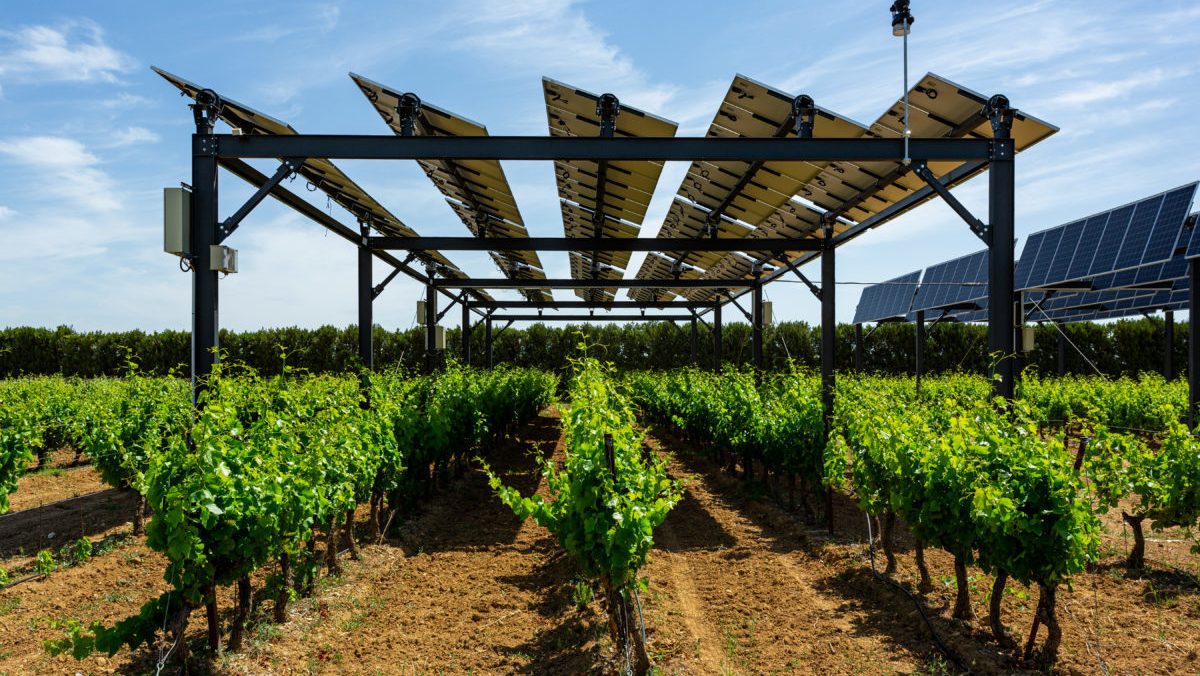

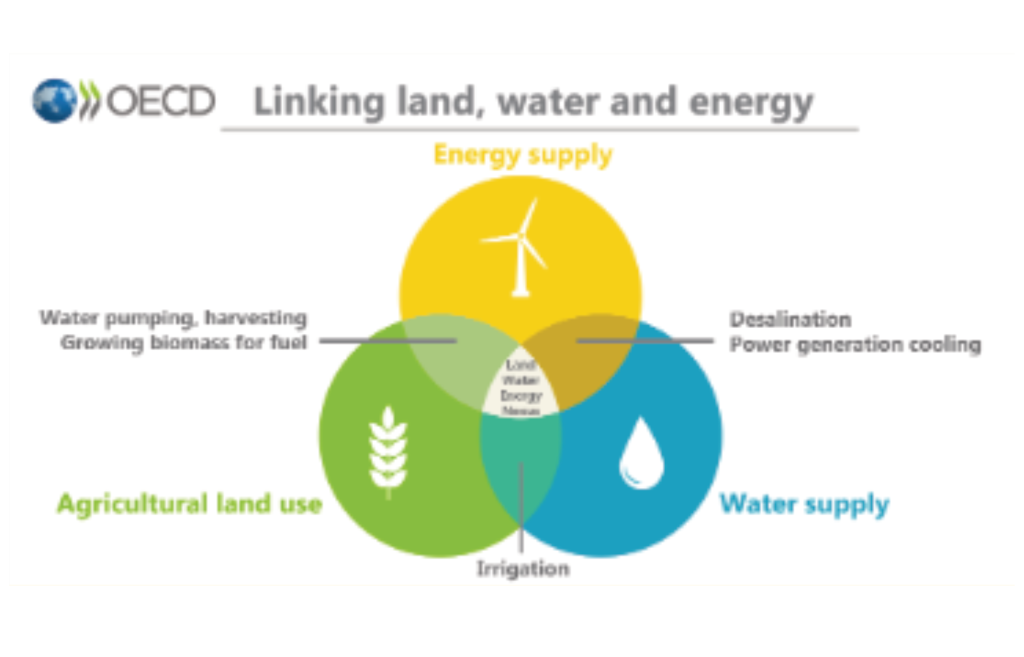



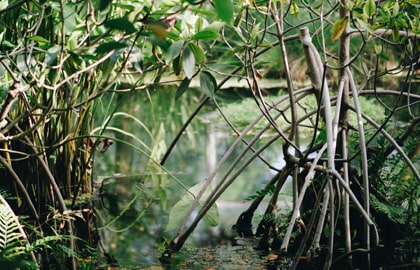
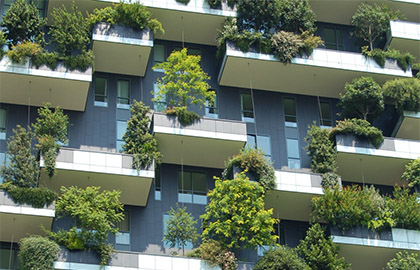

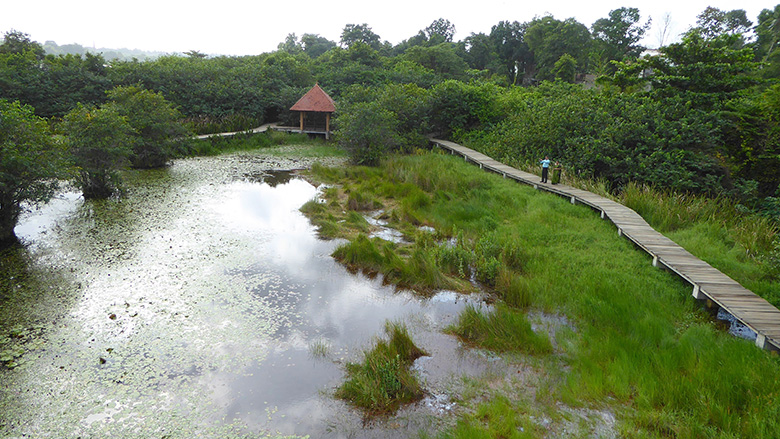





You must be logged in to post a comment.